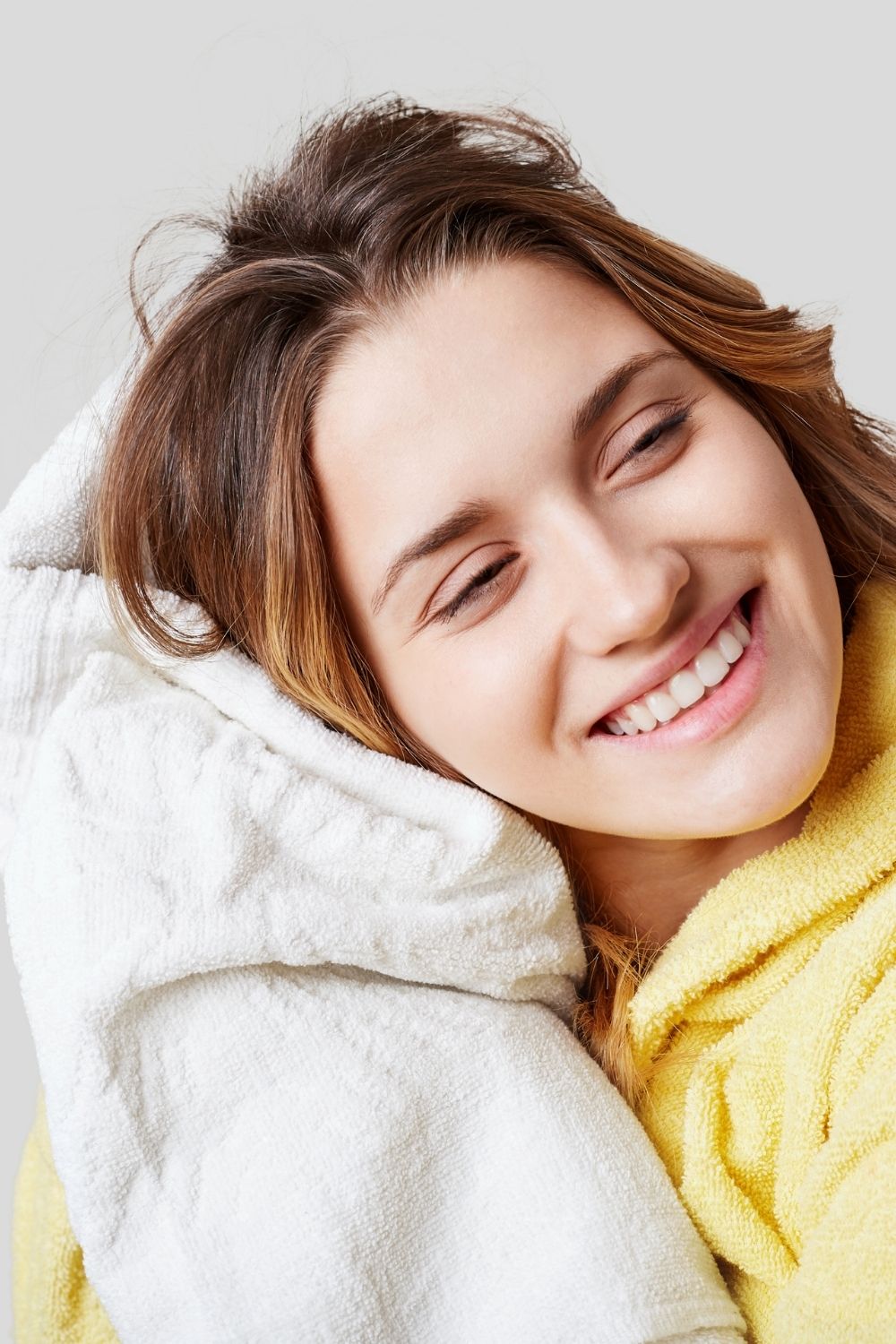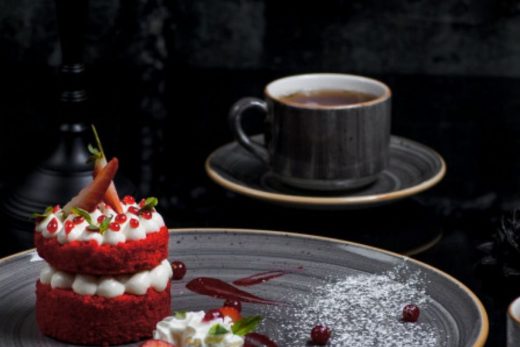For an all-over, full-dye blonde job: Use hydrogen peroxide mixed with hair bleach. This combo removes the natural pigment in the hair strand and helps open the hair cuticle to allow the bleach to easily strip the color. Valles doesn’t recommend bleaching hair with just peroxide, as it can cause hair to look very brassy and doesn’t lift as strongly as bleach does.
To lighten hair at home without bleach: Try a permanent hair dye. Valles suggests choosing a color that is two shades lighter than your natural hair color. (For example, if you are a level 5 brunette, you can use a level 7 blonde hair dye to go slightly lighter.)
To go bright white: “You should always start coloring in the back, then move forward to the sides, and finish at the top of your head for an even bleach,” Valles explains. Then use a silver toner to get rid of any yellow tones and brighten up your shade.
To bleach black hair: “While you can bleach black hair, you shouldn’t go from black to platinum in one day because it can cause damage,” Valles says. She recommends going two shades lighter each time you bleach, giving hair a break in between colorings. This allows you to gradually work your way to your desired brightness, without the risk of your hair breaking or falling out from over-processing.
To bleach hair before dyeing it another color: This process will differ depending on the color you choose. For example, if you are trying a warm brunette color, you don’t have to go too blonde first. The key is to get to the level of lightness you desire and then use a toner to get rid of any brassiness. Bleach will make your hair light, and then the color or toner gives you the final color you want.
What supplies do you need to safely bleach your hair?
Valles recommends using a DIY bleaching kit, like Clairol Nice’n Easy Borne Blonde Permanent Hair Color, because it’ll have a step-by-step guide and precisely measured chemicals, including hair bleach, developer, and conditioner. In addition to the bleaching kit you’re using, grab a hair color brush, a couple of hair clips, and a towel that you don’t mind staining to wrap around your shoulders to protect your clothes. You should also have coconut oil to apply around your hairline to protect your skin from any excess bleach, and a wide tooth comb and rattail comb to separate the hair sections. Now that I’m ready, how do I actually bleach my hair at home?
Before you jump in, a few quick pointers: Make sure you are near a mirror so you can see your hair from all angles, apply bleach to dry hair only, and always start in the back where the hair is darkest because that will require more time to process. Now, ready, set, bleach!
Dab coconut oil around your hairline, avoiding touching any hair.
Divide your hair into four sections: Two in the back and two at the top. Starting with a back section, begin at the nape and use a rattail comb to divide a ½ inch wide strip.
Apply the bleach to the first section starting at your roots (try not to touch your scalp) and work down to mid-shaft, leaving about three inches of the ends out. Repeat until all your sections are covered in bleach.
Go over the ends with bleach starting from the back to the sides and top.
Let the bleach process for 20 to 45 minutes, according to the product packaging instructions and your desired color.
Rinse and shampoo immediately, and follow with conditioner if included.
Finally, how can I prevent damage when I bleach my hair?
Apply conditioning hair treatments and masks before and after the process to keep your hair moisturized. Aim for at least once per week to keep hair healthy.
Use a low-volume bleach developer, never higher than 20 volume, and ensure it doesn’t sit on your head for too long to prevent breakage.
Maintain your blonde color and extend the time between bleaching by using a semi-permanent hair dye. Many come with moisturizing ingredients to nourish the hair and keep your color looking fresh.





